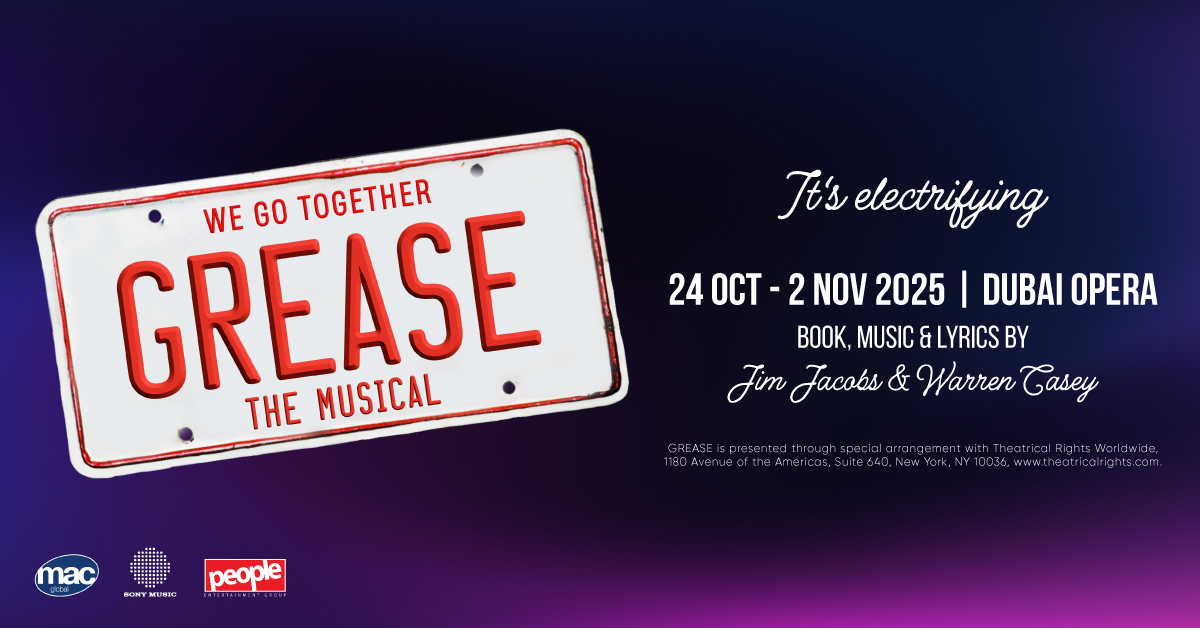Dubai has taken a bold step toward redefining urban mobility with the launch of the Metro Blue Line, a major expansion of its public transport network designed to serve more than one million residents across nine vital districts by 2040.
His Highness Sheikh Mohammed bin Rashid Al Maktoum, Vice President and Prime Minister of the UAE and Ruler of Dubai, led the foundation stone laying ceremony of the Blue Line, which spans 30 kilometers and includes 14 new stations. This milestone is part of the emirate’s broader strategy under the Dubai 2040 Urban Master Plan, which aims to create a “20-minute city” where essential services are within easy reach for residents.
The Blue Line will not only link the Green and Red Metro Lines—connecting Creek Station and Centrepoint Station respectively—but also provide direct access to major residential, academic, and business hubs such as Mirdif, Al Warqa, International City, Dubai Silicon Oasis, and Academic City.
“The Blue Line connects economic, academic, and residential centers, including Dubai Silicon Oasis, a hub for technology and innovation,” said His Excellency Mattar Al Tayer, Director General of the Roads and Transport Authority, during the ceremony. The integration of the line with the existing metro system is expected to reduce road congestion by 20% in affected areas.
One of the most striking features of the project is the future Emaar Properties Station—set to become the world’s tallest metro station at 74 meters. Designed by global architecture firm Skidmore, Owings & Merrill, the station will accommodate up to 160,000 daily passengers and serve as a gateway to Dubai Creek Harbour, home to 40,000 residents and countless visitors. The station design blends luxury, sustainability, and modern architecture with materials like Jura limestone and bronze, and has already secured naming rights under Emaar for a 10-year term starting 2029.
Projected daily ridership for the Blue Line is expected to exceed 320,000 by 2040. Alongside nine elevated and five underground stations, the project will also include the construction of the region’s largest underground interchange station, capable of handling 350,000 passengers per day, as well as a 1,300-meter viaduct over Dubai Creek—the first of its kind in the city’s rail history.
Beyond convenience and connectivity, the project promises tangible economic impact. RTA’s studies forecast a benefit-cost ratio of 2.6 by 2040, with estimated total returns exceeding AED 56.5 billion. These include time and fuel savings, reduced accident fatalities, and increased property values near the stations—potentially rising by up to 25%.
The Blue Line will bring Dubai’s total railway length to 131 km, with 78 stations and 168 trains, further solidifying the Metro’s role as the backbone of the city’s transport system. Since its launch in 2009, the Dubai Metro has served over 2.5 billion passengers, averaging 900,000 daily riders in 2024 alone.
As Sheikh Mohammed reviewed the model of the Blue Line and its ambitious scope, the moment underscored Dubai’s vision of shaping cities not just for the present—but for generations to come.






